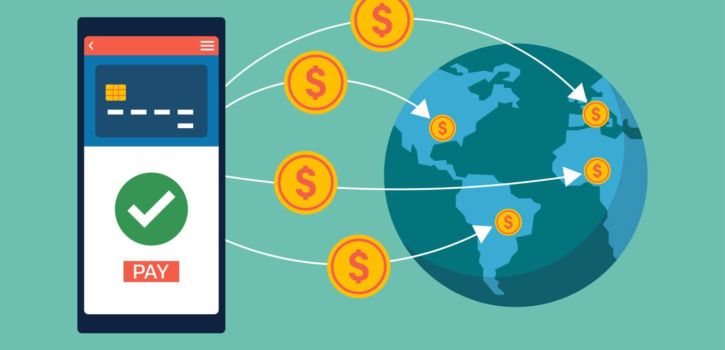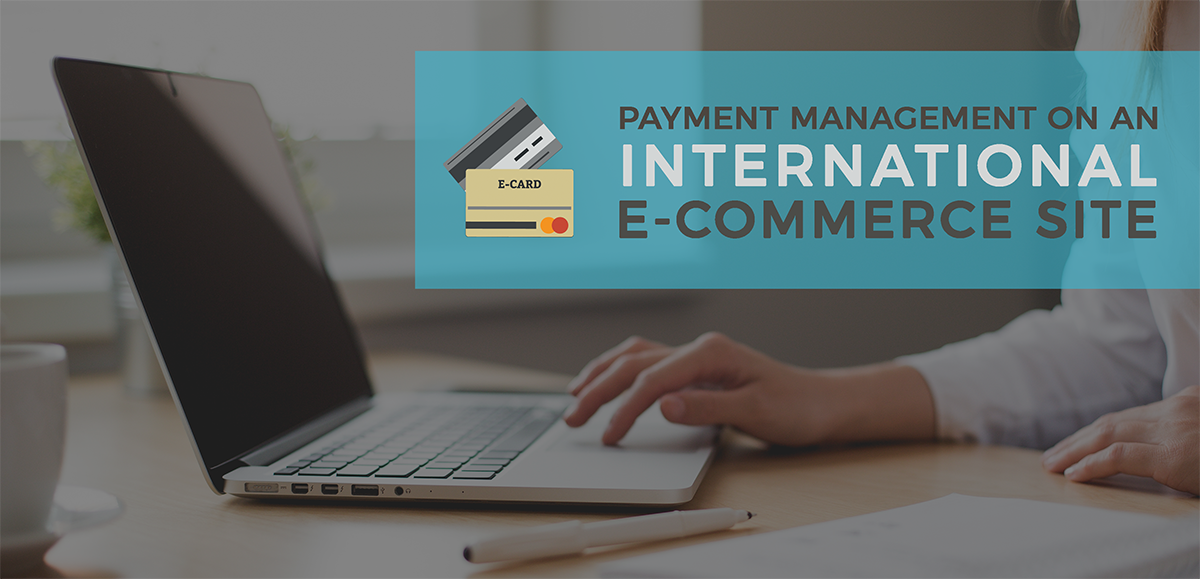Cross-border e-commerce: definition, role, and implementation
E-commerce is becoming increasingly international. Only yesterday I bought a poster from a Swedish artist online in a couple of clicks. For customers, cross-border e-commerce means easier access to a wide range of offers. For companies and e-tailers, this is an opportunity to reach customers on the other side of the world. In this guide, we explore all the different facets of cross-border e-commerce.
What is cross-border e-commerce?
Cross-border e-commerce occurs when a buyer orders a product from an online seller who is based in another country. This fast-growing global market is set to expand even more over the next few years! The international B2C cross-border e-commerce market is expected to reach $7.9 trillion by 2030. This compares with a value of around $785 billion in 2021.
The challenge for marketplace managers is to make sure that they can reach consumers all over the world.
In the rest of this guide, we offer advice for developing your website in order to take advantage of cross-border e-commerce.
How do you implement cross-border e-commerce?
1. Translate all the different parts of your e-commerce site
Is it possible to sell to customers abroad without translating your e-commerce site? Sorry, but the answer is no.
So that your site can be understood all over the world, you need to translate it into as many languages as possible. We advise you to prioritise the most-spoken languages, which are English, Chinese, Hindi, Spanish and French.
💡
TextMaster is an online translation platform offering plug-ins that integrate directly with your CMS. Using these plugins, all the pages on your site can be professionally translated automatically.
2. Think about logistics
In order to send your products across borders, you need to choose an international delivery solution such as:
- Colissimo (available in more than 220 destinations for parcels up to 30 kilos)
- Delivengo: a solution that specialises in delivering small parcels (up to 2 kilos)
- DHL: for international deliveries in more than 220 countries
- GLS: delivers parcels from 0 to 30 kilos to more than 40 destinations
- Landmark global: offers an online tracking platform that is easy to integrate with your CMS, etc.
3. Ensure that your after-service is in English or is multilingual
If your customers encounter problems before or after delivery, they will expect answers in their native language. As well as translating your FAQs into a range of languages, we advise, if your budget allows, hiring a multilingual customer service agent. This will help customers feel reassured when they deal with your after-sales service, thus increasing customer satisfaction.
4. Reference your products on the main marketplaces
To implement cross-border e-commerce effectively, we recommend you reference your products on international marketplaces such as Amazon, eBay, Allegro or Walmart.
This is a good way to test new international markets and gauge interest in your products in other countries. To reduce risk, if you notice that a number of German people buy your products on Amazon, you can then translate your site into German .
What are the advantages of cross-border e-commerce?
Cross-border e-commerce has a range of advantages, as much for the online store owner as for consumers. Consumers will be able to access a wider range of offers at competitive prices.
E-tailers will benefit from the following:
- access to new customers
- international visibility
- independence with regard to their hyperlocal market and their country of origin
- an increase in revenue
- new sales channels
As you can see, implementing cross-border e-commerce is worth the effort. However, you also need to be prepared for some major challenges.
What are the challenges of cross-border e-commerce?
There may be a variety of obstacles standing in the way of your cross-border e-commerce strategy. Let’s look at them together, so you can be as prepared as possible.
1. Understanding the target market
To find out where you should sell your products, you need to carry out detailed market research by country. A thorough study of the market you wish to penetrate will enable you to identify the demand in the target country.
This will also allow you to define your target and analyse the presence of local competitors. If a market is saturated in a country (for example: chocolate making in Switzerland), it may not be worthwhile for you to enter it.
2. The language barrier
All your product descriptions must be written or translated according to the rules of the trade. And not only in English! In fact, 87% of consumers will not buy from a website that is exclusively in English.
To maximise the number of items sold and to improve customer engagement, we advise you to translate your product descriptions into all the languages available on your site.
3. Choice of payment solutions
Online purchasing habits can vary according to the country or continent.
Converting currencies and payment solutions represent a big challenge in the implementation of a cross-border e-commerce strategy.
Companies that want to offer cross-border transactions must adapt to using different currencies and to their international customers’ preferred payment solutions. This is essential, because consumers might very well hesitate on a site that does not display prices in their local currency or where their preferred payment option is not offered.
The solution to this problem is to set up advanced payment gateways that automatically convert currencies and offer a range of payment methods.
📌
Digital tools such as PayPal, Stripe and Adyen offer multi-currency support and can handle various local payment methods, from credit cards to options that are specific to certain regions, such as Alipay for China or iDEAL in the Netherlands.
4. Tax and legal issues
Local laws and customs regulations must always be taken into account. This can make the international sales process complicated.
Within the European Union, online sales are facilitated thanks to the free circulation of goods within the EU. As long as the product in question is offered for sale in one of the Member States, it can be sold in another EU country. You must always, of course, comply with the VAT and data protection (GDPR) regulations.
However, when you sell internationally, you have to deal with very specific laws, tax and customs issues. We advise you to go through the official websites with a fine-tooth comb, or to use the services of an expert specialising in international transactions.
Cross-border e-commerce: a summary
To summarise, cross-border e-commerce is a very useful way to increase your revenue and gain visibility.
But to ensure best practice, you must overcome various challenges:
- understanding your target market
- dealing with the language barrier
- choosing payment solutions
- addressing the tax and legal issues specific to the countries where you will sell your products
Ready for the next step? This is what you need to change on your site to achieve international success.
Need a translation plug-in for your site? You can trust Textmaster’s integrations.







